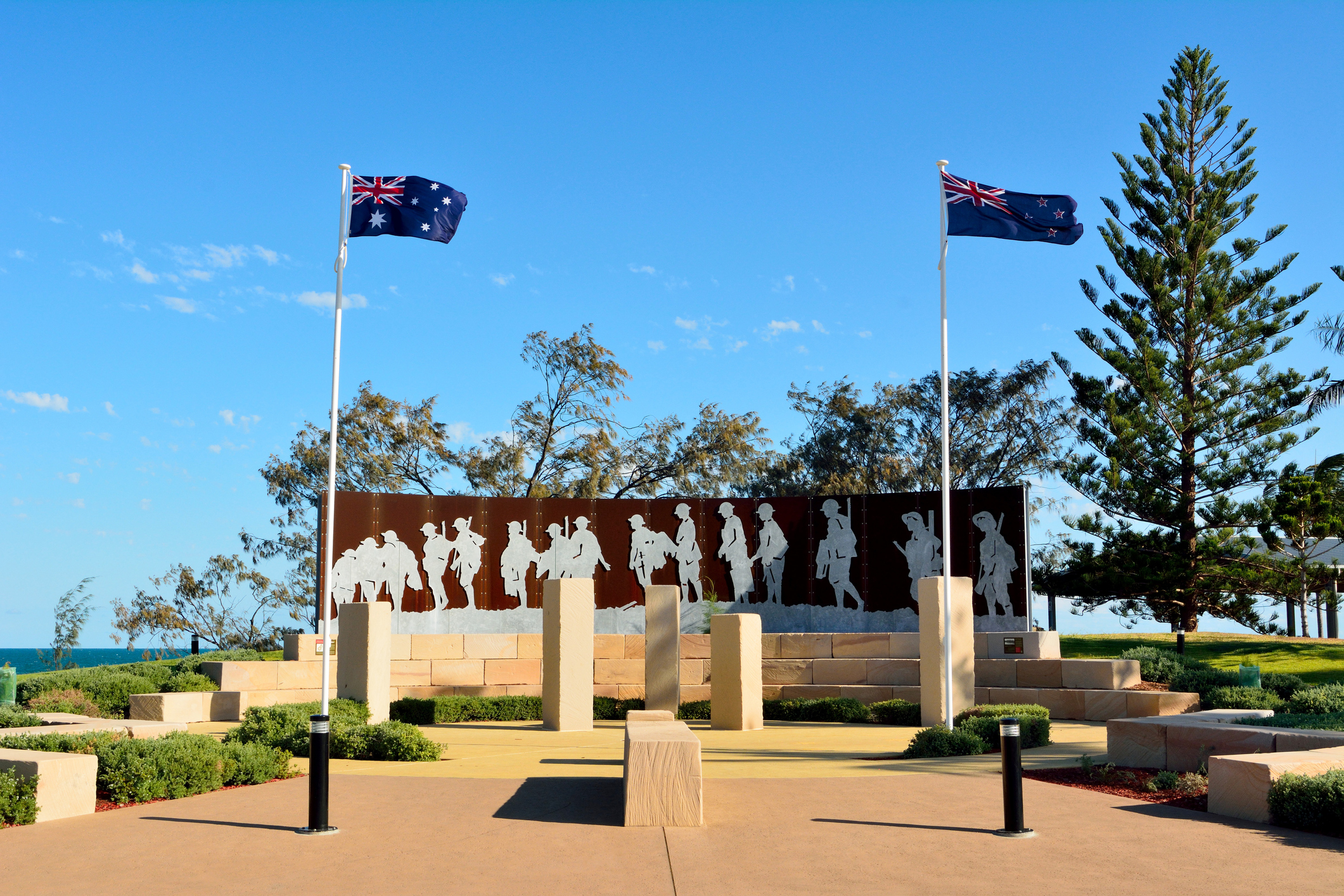Myth-busting Gallipoli
Myth-busting Gallipoli: five common misconceptions you need to rethink

Few events in Australian history have been so closely examined as the Gallipoli campaign of 1915, and yet no other has yielded so many myths.
Movies and television series have painted a romantic picture of fit, young Australian soldiers boldly charging into Turkish machine guns on the beach. But did it really happen like that?
News stories at the time helped shape our nation’s coming-of-age narrative but were themselves embroidered and glorified by those seeking to make political capital of an ill-fated mission.
The story of the ANZACs at Gallipoli is shrouded in misconceptions, says historian, broadcaster and documentary maker Harvey Broadbent AM, whose Centre for Continuing Education course The Gallipoli Record and Legacy (June 1-8, 2019) is dedicated to putting the record straight.
Here’s a taste:
1. Wrong place; wrong time
One of the most persistent myths regarding the landing at what came to be known as ANZAC Cove is that the troops were mistakenly disembarked in the wrong place.
Not so, says Harvey. "Despite the official historian’s account, which began the myth, there is evidence to show Anzac Cove was finally chosen as the landing place."
2. Machine guns on the beach
Stirring images of sacrifice against terrible odds play well in the movies, says Harvey, but the picture we have of Australian troops wading and even charging ashore into a hail of machine gun fire as depicted in many accounts, TV programs and films is wholly wrong. “The Turks didn't have machine guns at the landing,” he says. "They had rifles and they were good riflemen. But there were no machine guns."
3. The Australian soldier: Superior in all respects
“They were generally an impressive bunch physically, as witnessed by British comrades in their recorded observations, if exaggerated at times,” says Harvey. "But the idea that the Australians were better soldiers than the British is a romantic idea. The Australians had a certain dash and élan and they were physically fitter and a few centimetres taller, mostly. But morally? That’s a different matter. They wreaked havoc in the red light district in Cairo."
4. British bungling; British treachery
This is another myth promulgated by Peter Weir’s 1981 film Gallipoli, says Harvey. "There’s a scene in the film that leads people to think that the commander who sent wave after wave of men over the top against the Turkish guns at the Battle of the Nek was a British commander and that has fed into the idea that the British were responsible for the failure of the whole ANZAC offensive. The reality was a lot more complicated than that, with Australian commanders also being culpable."
5. The war correspondent as truthful witness
World War I coincided with early breakthroughs in communications, allowing reports to be filed from the battlefront to newspaper editors in Britain and Australia within a relatively short time. But those reports, notably those by British correspondent Allis Ashmead-Bartlett and Charles Bean, Australian War Correspondent, Official Historian and unofficial curator of the Anzac legend, arrived strongly coloured by the desire to mythologise the character and achievements of the Australian soldier, says Harvey. "Successes were exaggerated, failed attacks weren’t reported. Reports, particularly at first, were written as if the Turks had been defeated. This is the beginning of the ANZAC legend."
Join Harvey Broadbent for his myth-busting course The Gallipoli Record and Legacy,from November 9-16, at the University of Sydney’s Centre for Continuing Education.